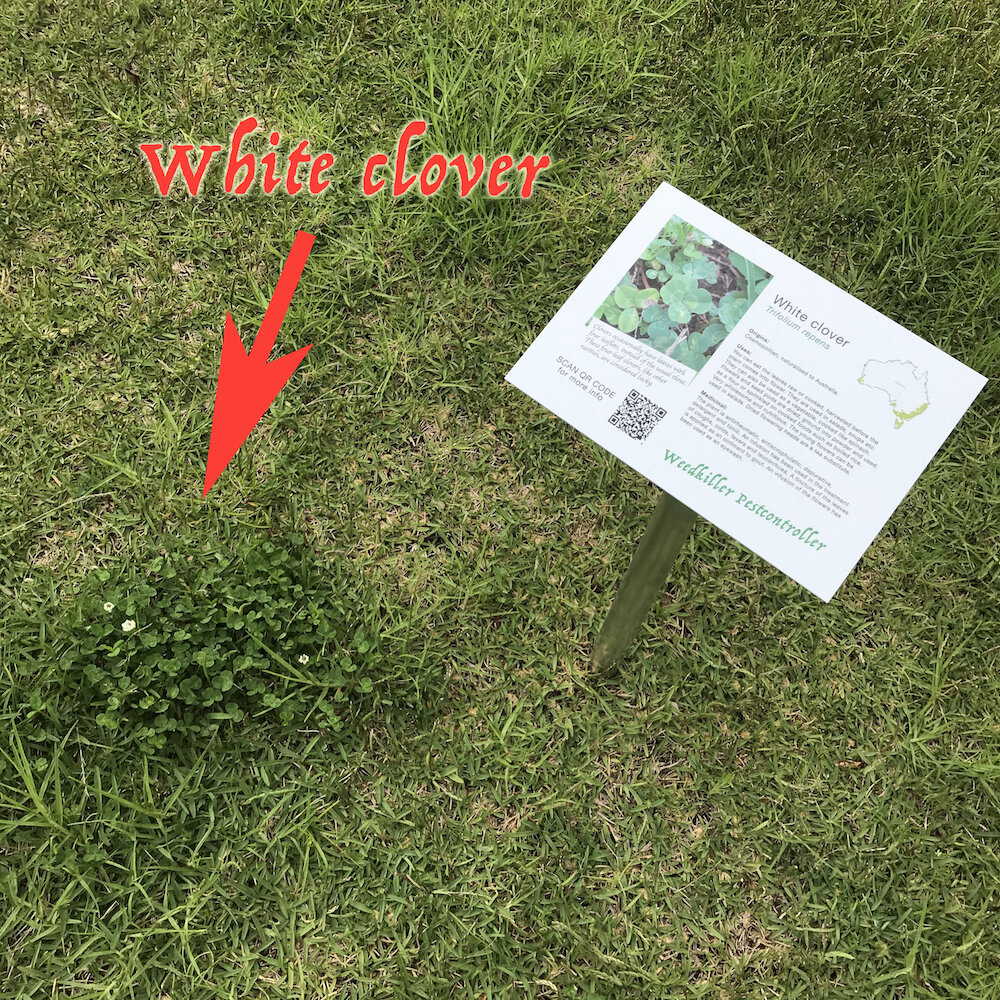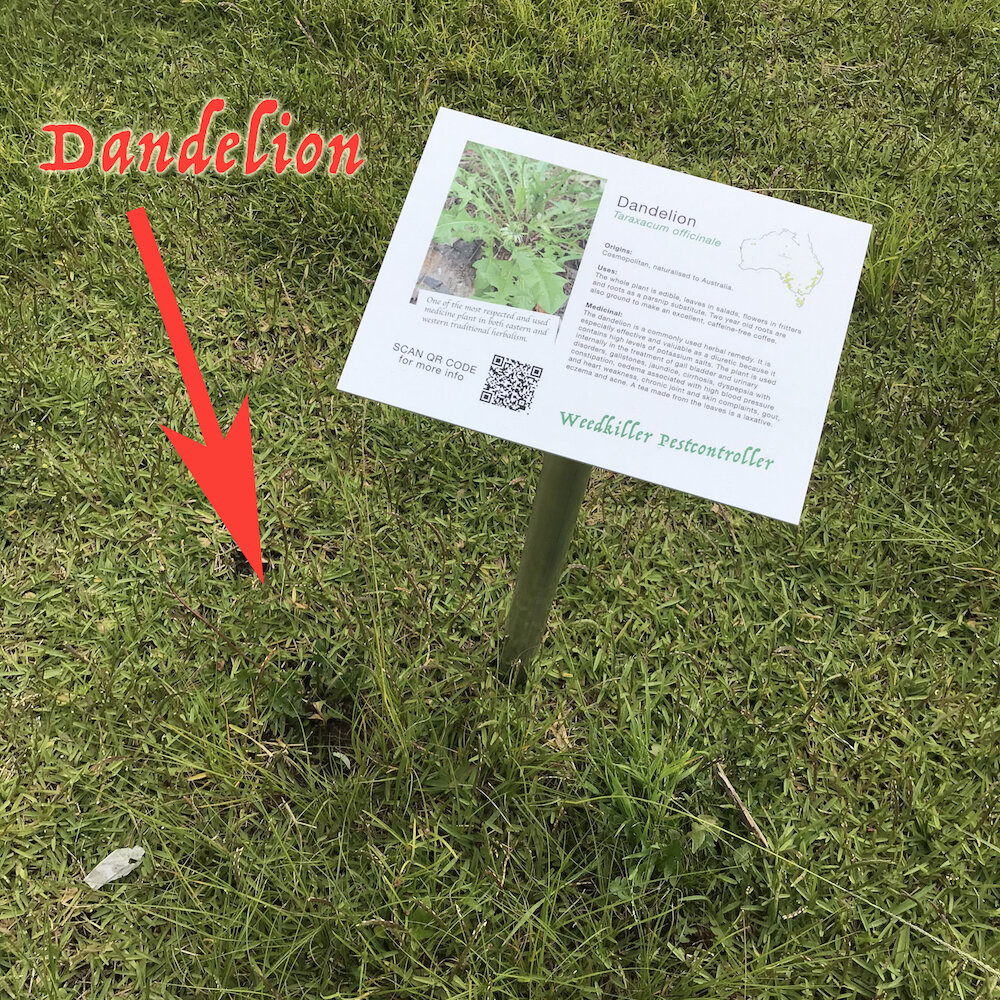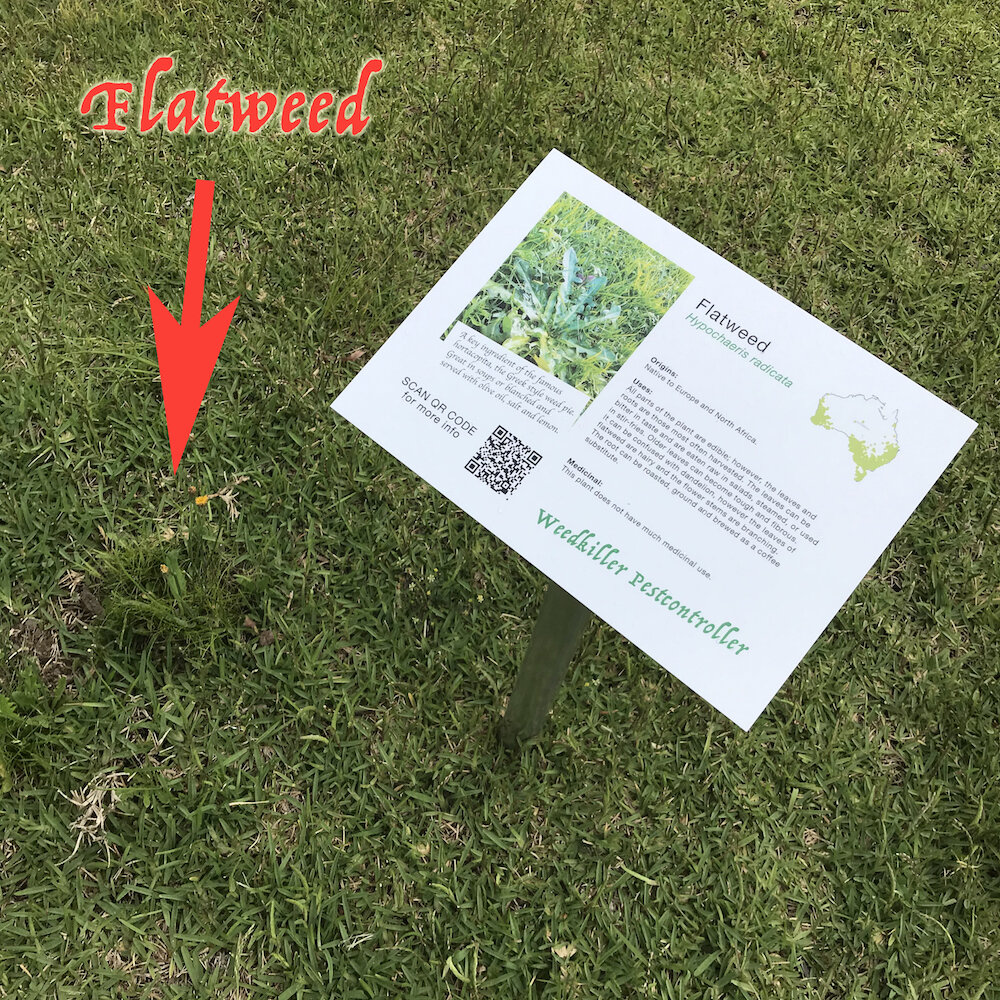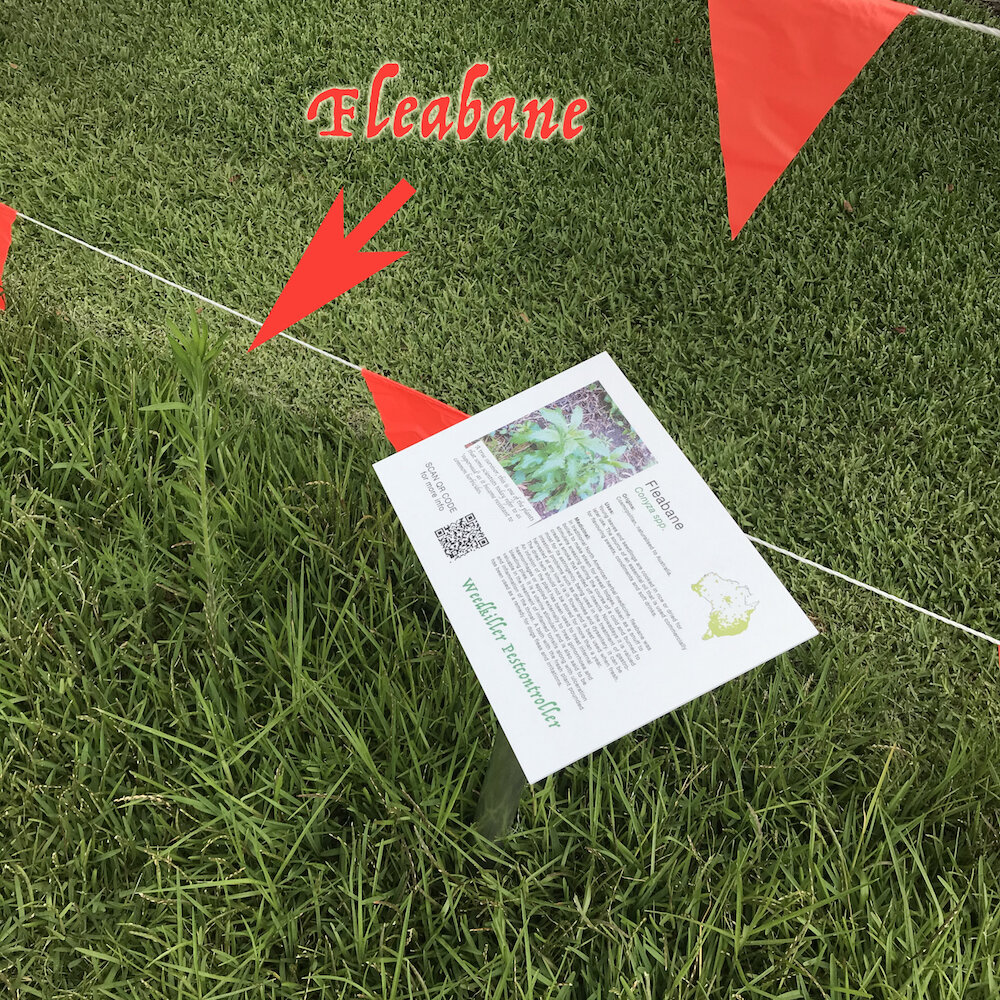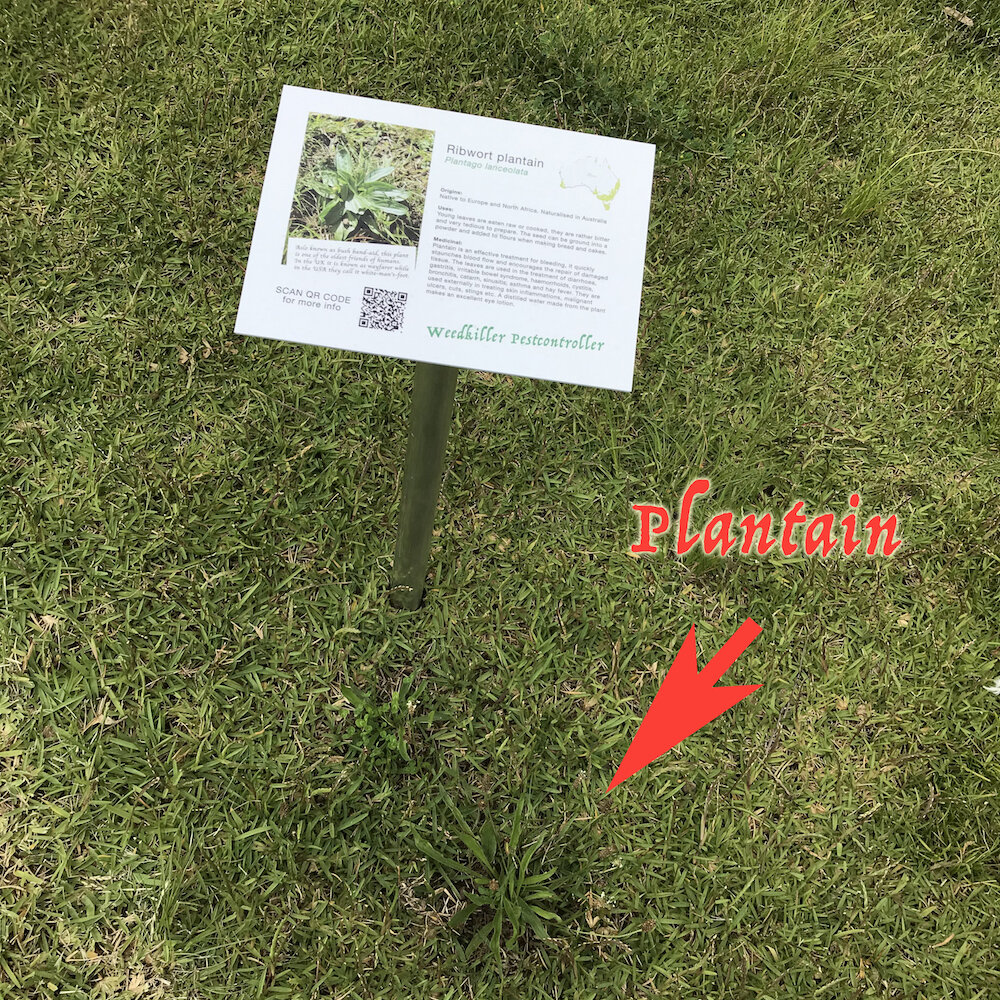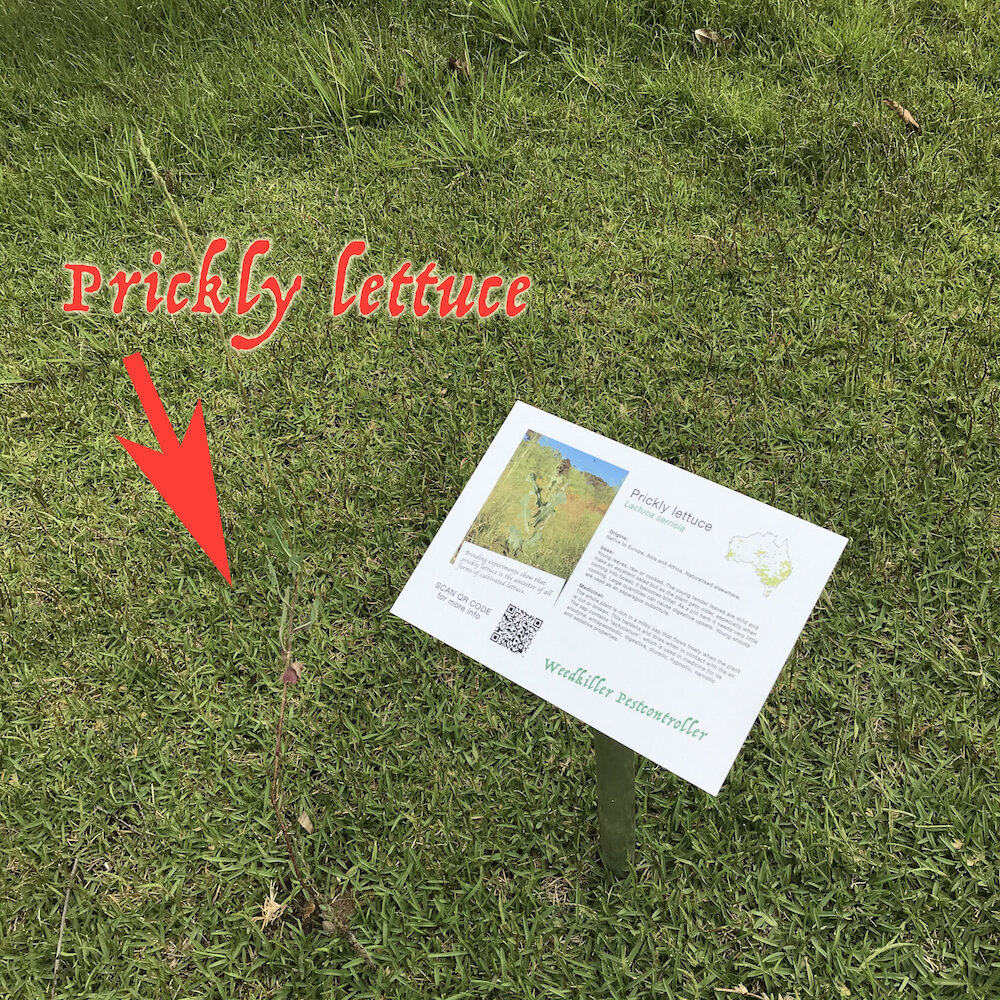Two decades of actions: weed gardens, art and now.
Twenty years ago I went to university to learn about art.
The campus was at Kensington, one train stop from Penrith. University of Western Sydney
There I learned that I wanted to talk about nature and created my first self-guided garden tour of useful plants: Weedkiller-Pestcontroller.
The free, easily accessible info-walk is open again now and for the next two months. See here for details and location.
The visual art legacy of the University of Western Sydney art department is celebrated at Campbelltown Arts Centre with an exhibition of artworks from 88 artists plus online documentation.
SpaceYZ exhibition opens today as part of Sydney Festival
The article below wants to reflect on the legacy of the UWS art department, my experience of it and what I learned.
Read below for my work, words and learnings from my studies there. This article has been commissioned by the Campbelltown Arts Centre as part of the exhibition Space YZ, curated by Daniel Mudie Cunningham.
The exhibition wants to celebrate the now-defunct University of Western Sydney Art Department with artworks by 88 alumni and an online database at spaceyz.com.au
For the exhibition I have recreated a seminal project of mine, Weedkiller-Pestcontroller, that was produced as part of my second year of studies in 2001-2.
You can see the original artwork on the ( grainy) video below while the re-make can be visited for free at the Campbelltown Art Centre.
Read more about Space YZ and the work of 88 artists from the website here>
I came to UWS a year later.
I came to UWS one year later. I had first applied for the 1999 intake but only made it in for the year 2000, as I had to prove my English proficiency first.
I had migrated form Italy five years earlier and had just moved to Sydney, settling in Yagoona, an unknown sidekick suburb of Western Sydney’s Bankstown.
True, my English was pretty basic, broken, mixed up with my two native languages and definitely not up to academic standards. I had lots to catch up on.
I selected University of Western Sydney art degree, as I loved their approach. They were interdisciplinary and progressive. I already had completed some TAFE modules in art and wanted to shift away from skill acquisition towards more interesting territories of atypical cultural participation. I wanted to grow my critical thinking, my storytelling skills and start to unpack what it meant to emigrate to a different country so far away from the farm I grew up in, producing milk, growing crops and foraging for mushrooms in the forest.
I was not able to enlist into UWS art courses at first, so I decided to start my academic journey at National Art School, where I was accepted on the basis of my portfolio.
I loved drawing since I was a young boy, as a tool to express creativity and as an outlet for the need to escape what I saw as a small life in rural Italy with no enticing prospects.
People who come to art are usually driven by a need to express. Words are sometimes not enough and art offer avenues for healing, reconciling or exploring. Furthermore art and art forums offer safe spaces for vulnerabilities. At art schools you can and are encouraged to be honest, raw and truthful through your practice, as anything less would just be a gimmick or client-ready decorations.
When I moved to Australia from Italy I was a young full-time dad, in a foreign country, with poor language skills and a great need to offer what I had.
If TAFE courses gave me the chance to see the possibility of an outlet and National Art School (NAS) presented me with structure, University of Western Sydney allowed me to find my words and my people while social-testing what I wanted to say.
Z Block
Z Block at Kensington campus was a sanctuary: big, spacious and open to all and anything. It was a space of no judgement, where being a ‘foreigner’ was no more than a topic for generic conversation. This was a campus in far western Western Sydney, where languages are many and the vast majority of undergrads are first generation university students. The stories that people presented and represented were as diverse as the languages. I had no idea how embracing diversity could be until I experienced that plurality of inner narratives and in the cacophony, feel the grounding empathy shared in our common humanity.
I came to Z Block to search for an outlet for what I had to offer and found a space that changed me forever.
The first year was revelatory. Within the first three days of foundation studies I pretty much worked out that I was in the right place, with the right people, doing what I needed to do. I remember the surprise when I received the list of ‘tools’ that I needed in preparation for the first classes in the studio. At NAS I had to source pencils, paint (acrylic, gouache and oil), drawing pads, canvases, brushes of various sizes and more. At UWS I was asked to come along with an item that could be taken apart, and the tools to do it.
I remember the first lessons in art history. At NAS we started with the Venus of Willendorf, a small statue from 30,000 years ago. At UWS we started with twentieth century’s Duchamp. I do not want to diminish NAS, far from it, as arguably that is the only Art School left in Sydney, but UWS was different. A lot. UWS was offering a degree in art that shifted away from studio-based approaches towards a hybrid, interdisciplinary, content and context-driven practice. UWS art degree gave Sydney the chance to see creative endeavours as an avenue for growing new languages, new meaning and new narratives. Radically new narratives.
My cultural practice today is at the far edge of art. Placed in the public, for the public, by the public.
I collect, repurpose and re-share folktales and folklore and by employing storytelling techniques I facilitate safe spaces for cultural belonging, care and environmental stewardship.
I started as a studio artist, grew my skills in media jamming and am now a storyteller, working with chefs, councils, land managers, brewers, alternative medicine practitioners and elders of various ethnicities in an attempt to foster Care for Country. UWS was integral in providing the confidence and language that legitimise my efforts within an art context today. I stopped painting landscapes for people to see. I now offer people tools so that they can see for themselves landscape in different colours and shapes.
Radical new narratives.
At the same time as experiencing avenues to expand my language skills, my thinking and my understanding of diversity via attending UWS and learning from fellow students, I was also radicalising myself.
It was an exponential growth time for me as I increasingly became more and more politicised. These were the years of the No Global movement exploding around the world in response to the increasingly problematic adoption of neo-liberal social and economic policies by governments all over, by choice or coercion. The slow erosion of civil liberties, social rights and services (the industrialisation of academic facilities that saw the decline of art schools is a direct result of this policies) were front and centre concern for millions of people around the world. There were students, farmers, civil rights advocates, indigenous communities, nuns and priests, young and old, cultured and illiterate people in the streets, demanding a fairer world, free from corporate greed.
And then came 9/11 and everything dropped in a big pile of terrorist prosecution. The movement tried to stop the war on terror but achieved nothing more than less and less rights to voice their concerns. Freethinking was discouraged, muffled or prosecuted.
As a conscientious, social-justice-driven person I participated in a number of creative actions, like unReal Estate, a contribution to This is Not Art in 2001, denouncing greed and highlighting economic disadvantage, or SquatFest, a ten year-long short film festival that featured works that did not fit the mould of making ads for business clients. Or Tour of Beauty a facilitated platform that provided the chance to see first hand the process of gentrification that undermines this real-estate-obsessed Sydney.
None of this happened in Z Block, but there I acquired tools and emboldenment while learning about what art could be, what voice I have and what ultimately is the use of such voice if not to promote understanding and care for all living things. We as artists ask for audience. Art provides for a forum. Use it wisely and for the bettering of all.
A bona-fide Real Estate Agency opened-up in Newcastle, Australia, as part of This Is Not Art Festival in 2002. Not everyone was amused.
Where to from here.
I came from old tradition of western art and wanted to find a language for myself that could transcend the expectation that implied.
I wanted to speak of cultural identity, environmental belonging and cross-language awakening. I wanted to listen to a different story. Not one of colonial achievements, but one of natural processes and care for people and land.
I used the tools that I acquired at university in what I thought was the right direction, providing forums for the voiceless and presenting creative new ways to learn about social and ecological plurality.
A key artwork that I produced in my second year was Weedkiller-Pestcontroller, a self-guided tour of the weeds of Australia, staged in the abandoned Kingswood Drive-in. The artwork is now restaged as part of the Space Y-Z exhibition and it is arguably the genesis of what is my full-time practice today. One thing that I learned in my years as an activist is that you need to focus. Find what you are concerned with and stick to it. There are so many amazing stories, all around us. The tools that I learned as a storyteller are now dedicated to plants – or more specifically - weeds, in an attempt to offset discrimination and short sightedness.
I teach foraging skills these days as, 20 years on from when I first stepped into Z Block, it turns out that the language skills that I needed I had all along.
Thank you UWS and all the teachers, friends, fellow students and plants. I learned so much. None of what I do could exist without the work and commitment of countless collaborators.


